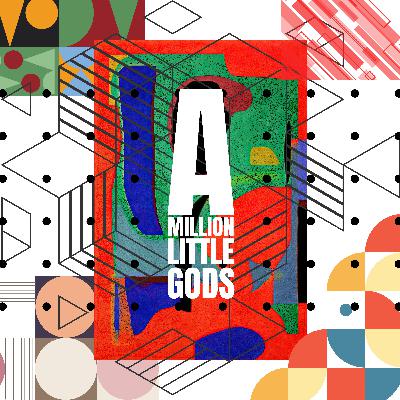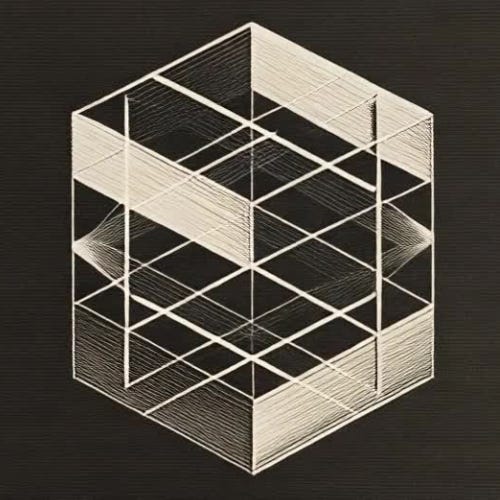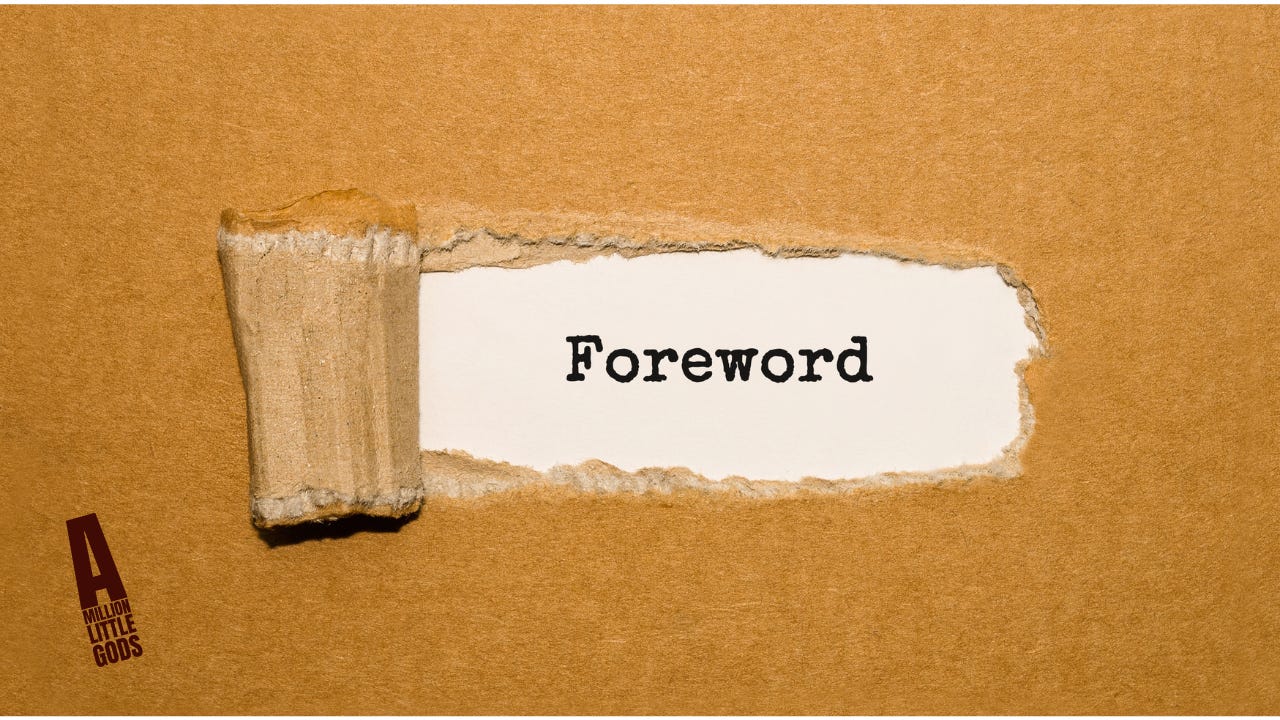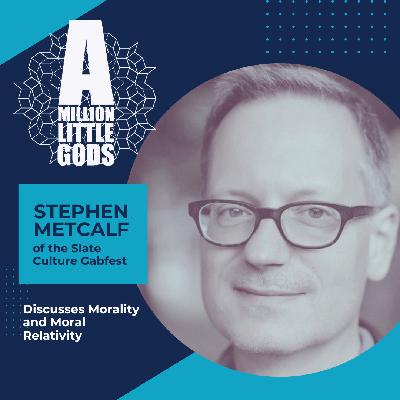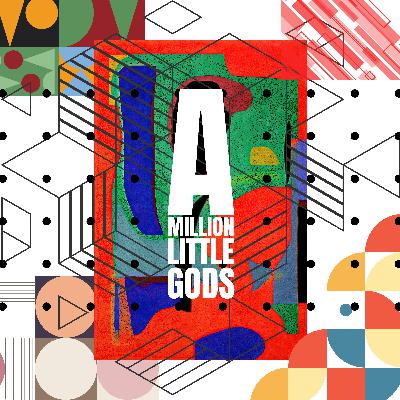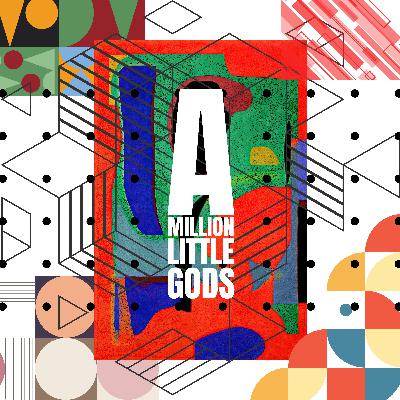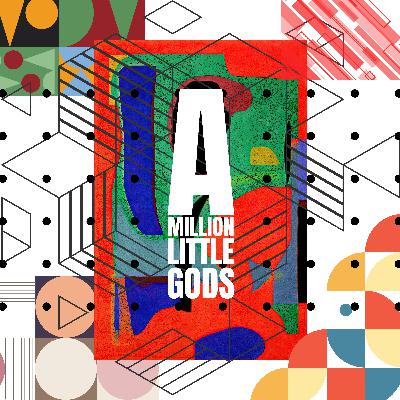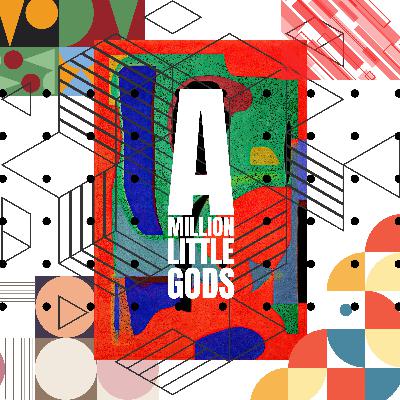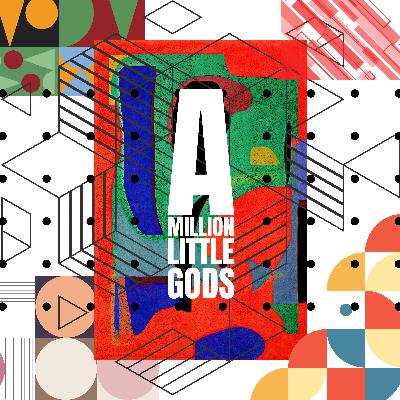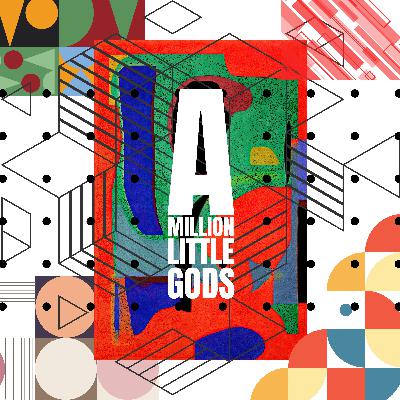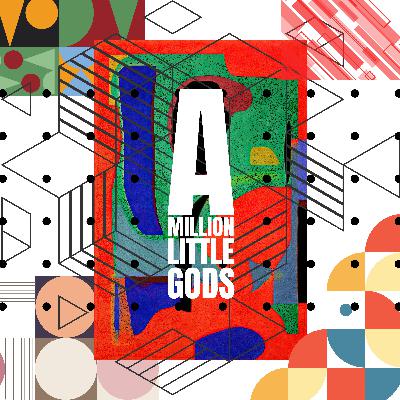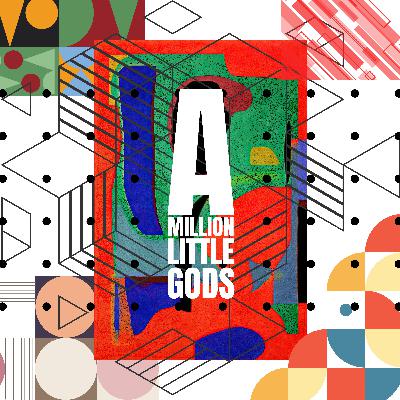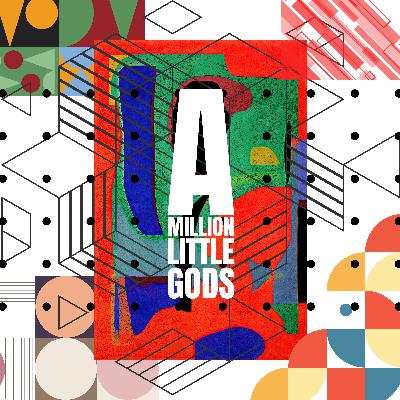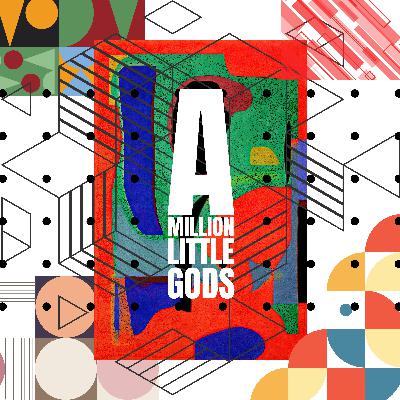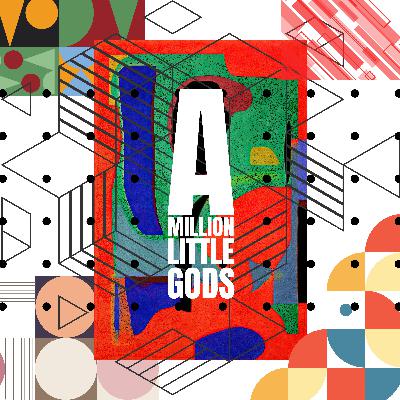Book 3: Introduction – Part Two
Description
Cafe La Morenita. “The little dark-haired girl.” Ehn. Should’ve made Yerba Mate or something. All right, let’s get back to it.
Once people around the world had finally caught on to the fact that they’d been the marks in a shell game they’d foolishly been betting on since the industrial revolution—that their personal labor had been structured within a set of legal and economic institutions and had been measured in standardized units (hours of work) that could be traded and sold on a market for a set value—they had reacted with . . . predictable indignation.
You might think that I am alluding to another feature of the reality Perón found himself lodged in before the junta: “dialectical materialism”—what some call Marxism. And you certainly cannot explain Perón’s rise devoid of that half-baked theory of everything. But there is another way you can strike out on once you face up to the abuses suffered by the subservient.
By the early 1940s, Communism, the purest distillation of Marxist thought, had long-since made its expansiveness apparent: Its most basic dictate—that the lowest level of human experience (the struggle for power and “material” possession) subsumes every other facet of human behavior—was voracious. Everything else—family bonds, career ambitions, fealty to nation, altruism, charity, . . . and (famoulsy) religion—was consumed in the monomaniacal maw of this basic principle, according to which human coexistence is necessarily impelled to one inevitable conclusion: a classless, stateless society where all property is collectively owned and wealth is distributed based on need.
The adherents of this principle believed that some further evolutionary state hidden beyond the veil of those ends might be possible; but that we are culturally blind to that possible state because we cannot look past the aforementioned institutions: the state, the family, religion. In order to achieve those ends, the seductive phantasms of institutions holding them back had to be exposed and brought into synthesis with them.
As you can imagine, the Catholic Church was not amused. It didn’t like being called an institution. It didn’t consider itself the work of humans at all. But much worse: to be rendered a mere diversion—to be labeled as priestly magicians, pressing made-up concerns to distract the people, all the while fleecing the people of their needs, and of the means to attain those needs, either for the gain of the Church itself or, worse yet, in the service of secular powers—that was more than flesh and blood could stand.
Now, you can explain away this reaction as angry deflection or denial. “Of course the Church would resist such a conclusion,” you might say. And, well, maybe. Alternatively, I can call you a self-important cynic. What you might call deflation or reduction, I might call nihilism. Your psychologizing of the Church, or of the Clergy, presupposes the very things you are claiming are “merely” instruments of class domination: values, principles. Marx himself had wavered before leaning into “revolutionary materialism.” He was enthralled not merely by Hegel’s dialectic, but by his idealism.
I’m just gonna help this guy out. So, you should note that when he says “idealism,” he doesn’t mean it in the common way people use it to mean having high ideals or aspirations. He’s using the philosophical term of art: The notion that our minds, our consciousness, our ideas—our values and principles—are real; and alternatively that reality is, at least somewhat, shaped by our minds and ideas.
In Phänomenologie des Geistes, The Phenomenology of the Spirit, Hegel argued that we do indeed encounter the “things” of the world. They are outside of us. But we also “make” them, in every facet. Outside of our ideation they are never fully real. Their reality is tied to the process of our conceiving and understanding them. When we begin to understand the things we have conceived in thought as separate from us—and especially when we perceive ourselves as objects, separate from us—this is estrangement.
However, Hegel contends that this process is, nevertheless, an essential part of our becoming complete selves—for the things of the world are separate from us; yet we are objects in the world. When we reconcile ourselves to this paradox, we are alienated, but we are free.
Marx turned this idea on its head. In Ökonomisch-philosophische Manuskripte aus dem Jahre 1844, what in English we abbreviate as the 1844 Manuscripts, Marx borrowed the notion of “estrangement.” But where Hegel saw “alienation” as the positive version of estrangement—a stage in the development of self-consciousness—Marx saw only the worker's estrangement from labor, production, and ultimately, their human essence. And as he “matured,” Marx jettisoned ideas and self-consciousness altogether.He criticized Hegel for viewing ideas as the primary drivers of history, arguing instead that material conditions and economic structures determine consciousness. In the set of manuscripts by Marx and Engels (and probably a few others) that we call The German Ideology, they famously declare: “Es ist nicht das Bewußtsein der Menschen, das ihr Sein, sander umgekehrt ihr gesellschaftliches Sein, das ihr Bewußtsein bestimmt.” (“It is not the consciousness of men that determines their being, but, on the contrary, their social being that determines their consciousness.”)
A Million Little Gods is a reader-supported publication. To receive new posts and support my work, consider becoming a free or paid subscriber.
Unto the breach rode Gioacchino Vincenzo Raffaele Luigi Pecci. Alternatively known as Pope Leo XIII. From one perspective, it wouldn’t be wrong to say that Pope Leo wanted to provide the Church with a philosophical and theological bulwark against the encroaching influence of modern ideologies. You could of course think of him as a CEO whose one job is to secure the bottom line—butts in pews, knees on prie-dieux, pesos in collection baskets—for the red-cassocked board of directors. But that begs the question that was at hand: What was wrong with those ideologies?
Hegel’s philosophy of reality as a dynamic unfolding of contradictions through thesis, antithesis, and synthesis—and especially his views on God and his nigh-on deification of historical progress—those didn’t sit well with Leo. But he understood where they were coming from. The diversity of beliefs, and the difficulty of living together in peace given that diversity, make Hegel’s model of reality appealing. If God is an end toward which things evolve, a self-directing principle that governs or animates reality; and if the truth itself evolves over time; then you can fudge your way through moral quandaries in God’s good graces. It was an enticing notion, but by Leo’s lights discernibly wrong.
Meanwhile, Marx. Marxism denied the spiritual dimension of human existence altogether and placed the onus of virtuous “progress” on the struggle between the classes. If the good is simply all the means necessary to effect the revolutionary overthrow of capitalist structures, then there are no moral obligations for the lower classes—as long as they break the chains of oppression, whatever the lower classes do is, by definition, good.
Leo believed this purely economic and materialist view of history dismantled any moral and metaphysical order. So in one of his first acts as Pope, he released the 1879 encyclical Aeterni Patris, which reintroduced the world to a figure once dismissed by the likes of Voltaire and Diderot, d’Holbach and Hume: St. Thomas Aquinas.
It’s not enough to say Leo’s revival of Thomism was simply an academic preference; nor that it was a strategic intellectual or theological response to the challenges posed by Hegelianism, or Marxism, or logical positivism, or whatever other philosophical movement was ascendent in his day. Yes––unlike Hegel, who subordinated theology to philosophy; or Marx, who eliminated theology altogether––St. Thomas provided a balance, where reason supported faith rather than undermining it. And he reinforced the immutability of

